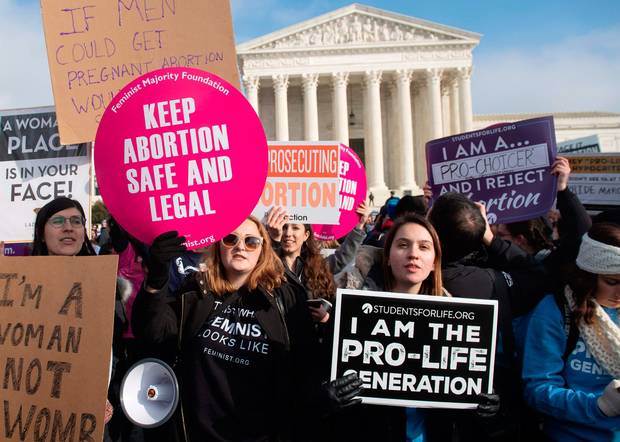Trump signs executive order for investments in Artificial Intelligence but needs to offer a detailed plan
Trump signs executive order for investments in Artificial Intelligence but needs to offer a detailed plan
President Donald Trump has signed an executive order directing federal agencies to prioritize research and development in the field of artificial intelligence.
Trump’s order directs federal agencies to make government data and computing resources more available to artificial intelligence experts while maintaining security and confidentiality. The objective is to prioritize research and development in artificial intelligence.
Trumps wants to invest in AI
The plan, called the “American AI Initiative”, follows big investment pledges from China and other countries intended to advance and apply AI technology in fields ranging from warfighting to health care.
Unfortunately, the White House plan that Trump signed Monday doesn’t include any funding details, given that the administration says it’s up to Congress to appropriate money.
Hearing of this direction, Kate Crawford, a co-director of New York University’s AI Now Institute for studying the social implications of artificial intelligence, said the directive takes some steps in the right direction but it’s not detailed enough.
Crawford said she welcomed the Trump administration’s intention to accelerate research and regulate AI across different industrial sectors. But she said the administration also must ensure that AI’s potential ethical challenges are taken seriously.
For example, some AI-based technologies such as facial recognition can be used to enhance government surveillance, while studies have found that computers are susceptible to the same racial and gender biases as the humans whose data they learn from.
What are the goals of this new Trump administration initiative
According to the Trump administration, the goals of the AI Initiative are split into five key areas:
- Research and development. Federal agencies will be asked to “prioritize AI investments” in their R&D budgets, and report how this money is spent to create a more comprehensive overview of government investment in artificial intelligence.
- Freeing resources. Federal data, algorithms, and processing power will be made available to researchers, providing a boost in some domains such as transportation and health care.
- Ethical standards. Government bodies like the White House Office of Science and Technology Policy and the National Institute of Standards and Technology (NIST) will be asked to create standards that will guide the development of “reliable, robust, trustworthy, secure, portable, and interoperable AI systems.”
- Automation. Agencies will be asked to prepare workers for changes to the job market caused by new technology with the creation of fellowships and apprenticeships.
- International outreach. The administration wants to work with other countries on AI development, but do so in a way that retains American “values and interests.”
Economists have also warned that AI advances could take the place of many human workers in the following years, which is something that Trump’s plan doesn’t do enough to address, said Bradford Newman, an attorney who is pushing for a new regulatory body to govern AI issues.
“We can figure out how to regulate and account for the downside risks now, or we can wait until it’s too late and it’s purely reactive and people are out of work,” Newman said.







